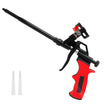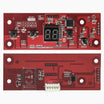Crawl Space / basement dehumidifier
What's the ideal crawl space humidity level? >
The ideal humidity level should vary between 30% in winter and 50% in summer. This range helps prevent the conditions that can lead to moisture-related problems.
Where is the best place to put a dehumidifier? >
The optimal placement for a dehumidifier is in a central location within the room that needs dehumidifying, like the living room, bedroom, or basement. Ensure it's away from walls and furniture to allow proper air circulation for maximum efficiency. Place it on a flat, stable surface at least six inches from walls to prevent moisture buildup.
what size dehumidifier for crawl space? >
To determine the right dehumidifier for a crawl space, consider the space size and humidity level. Generally, a 30-50-pint dehumidifier works for spaces under 1,000 sq ft. Larger spaces or high humidity may need a higher capacity. Measure the space, check humidity, and select a dehumidifier designed for crawl spaces to ensure durability.
how much does it cost to run a dehumidifier 24 hours a day >
Calculating the cost of running a dehumidifier for 24 hours involves factors like unit size, energy efficiency, electricity cost, and home humidity. BaseAire dehumidifier typically uses 400-900 watts/hour. To estimate the cost, find the wattage (e.g., 400 watts/hour), multiply by 24 for daily consumption (9.6 kWh), and multiply by electricity rate (e.g., $0.13/kWh). Factors like unit size, humidity, usage habits, and time of day impact costs. Typically, running a dehumidifier for 24 hours can cost $1-$3/day.
Should I turn off my crawl space dehumidifier in winter? >
In some cases, you may not need to run a dehumidifier in your crawl space during winter if you live in a colder, low-humidity climate. However, if you're in a humid area or faced moisture problems before, it could be beneficial to keep it running.

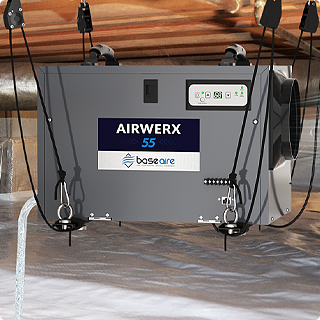
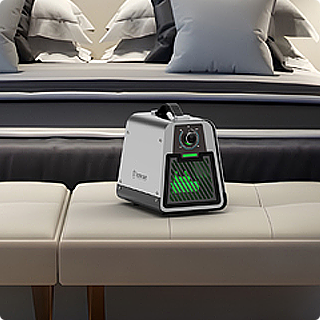
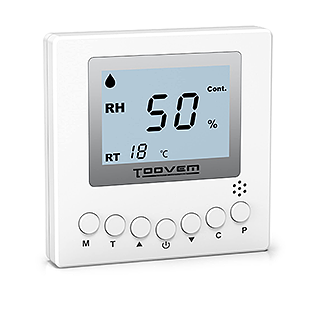
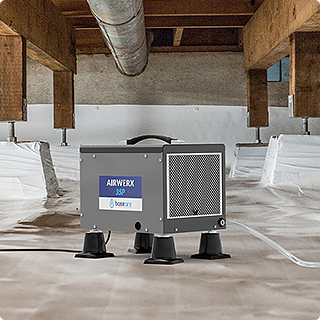
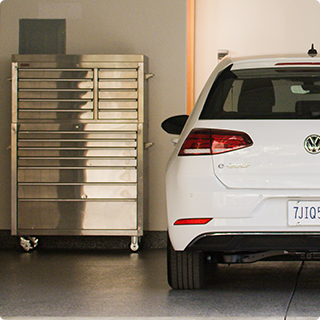
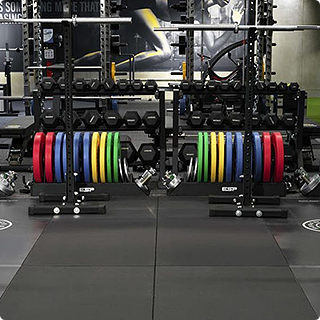
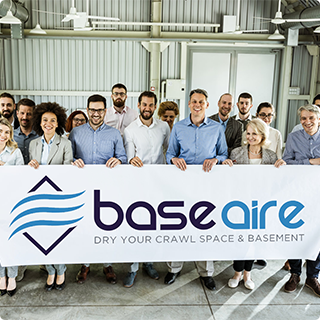

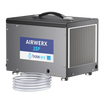
![BaseAire 888 Pro 7,000 mg/h Ozone Generator, Digital O3 Machine Home Ozone Machine Deodorizer - Ozone Generator from [store] by Baseaire - Disinfection, Ozone Generator](http://www.baseaire.com/cdn/shop/products/888-Pro-_-1.jpg?v=1698817267&width=104)
